Modern (1800 CE - 1950 CE)
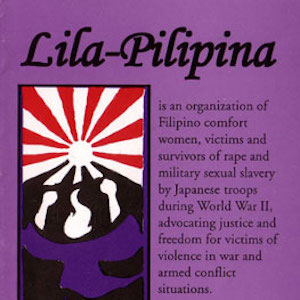
Lila-Pilipina Brochure
The Lila-Pilipina Brochure is a creation of the feminist group of Filipino “comfort women" called Lila-Pilipina, who have banded together with feminist goals/messages for peace.
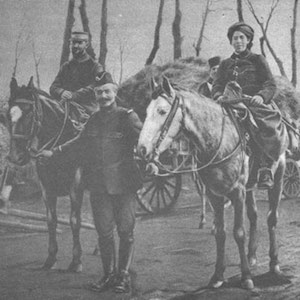
Photograph of Fatima the Moroccan
By 1900, only the Kingdom of Morocco remained more or less independent of European rule, although European competition for Morocco was intense between Spain, France, and Germany. Between 1899 and 1912, French armies progressively occupied the country using Algeria as a base.
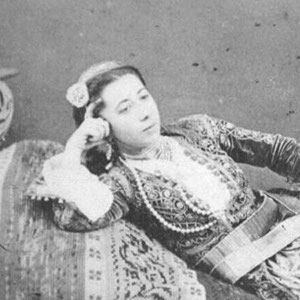
Beautiful Fatima
Photography was critical to imperialism. The French army (and the British army in India) employed the camera’s lens to chronicle military exploits, first in Algeria during the 1850s, and later in Tunisia and Morocco.

The Dream of Malinche
This painting, by a Mexican artist engaged with the international movement of Surrealism, represents a slumbering Malinche; her body serves as the ground supporting an unnamed Mexican community and church.

In Memoriam
In 1857, British rule in India was challenged when Indian sepoy troops of the British Indian Army began a year-long insurrection against the British. To the British, the most shocking aspect of the events in India was the massacre of white women and children by Indian men.

Scotland Forever
Painted by Elizabeth Butler, Scotland Forever (1881), depicts the charge of the Heavy Cavalry at the battle of Waterloo fought in 1815. The British victory at Waterloo ended the Napoleonic Wars, and ensured Britain’s position as the worlds most dominant imperial power.
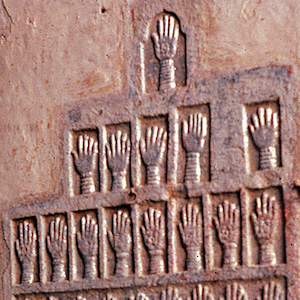
Sati Handprints
This image of the hands of Hindu widows and concubines of the ruling family of the Rajput state of Jodhpur, also known as Marwar, memorializes the devotion of these women and the high status of the men for whom the women committed sati.

Drawing of Digging Stick and Stone Weights
The Khoikhoi were semi-nomadic pastoralists (herders of sheep and cattle), who hunted game and gathered edible plants, nuts, roots, berries, and honey to supplement their diets.
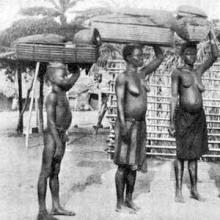
Analyzing Commission Records
The modules in Methods present case studies that demonstrate how scholars interpret different kinds of historical evidence in world history.
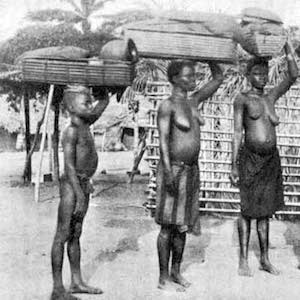
Market in Southeastern Nigeria
This is an image of local women at a market in southeastern Nigeria in the 1930s. In the precolonial period, women in this society had a very strong role in the economy. They were, in fact, the major traders in palm oil.